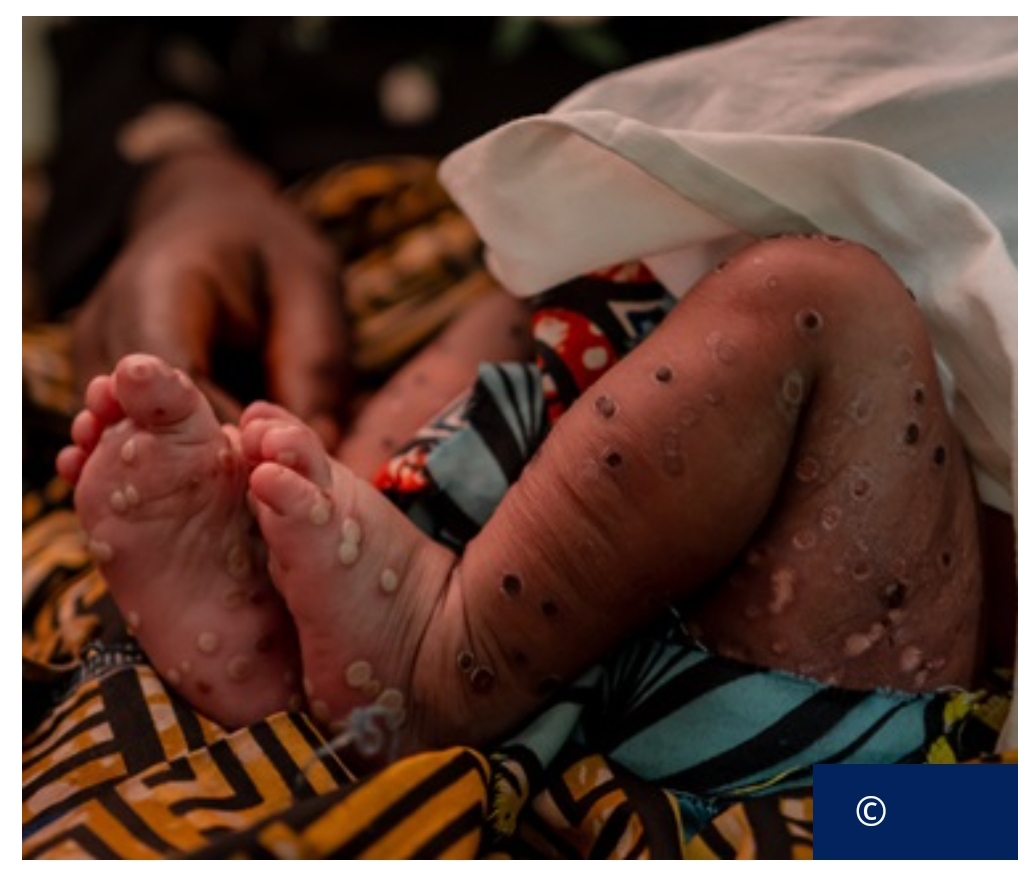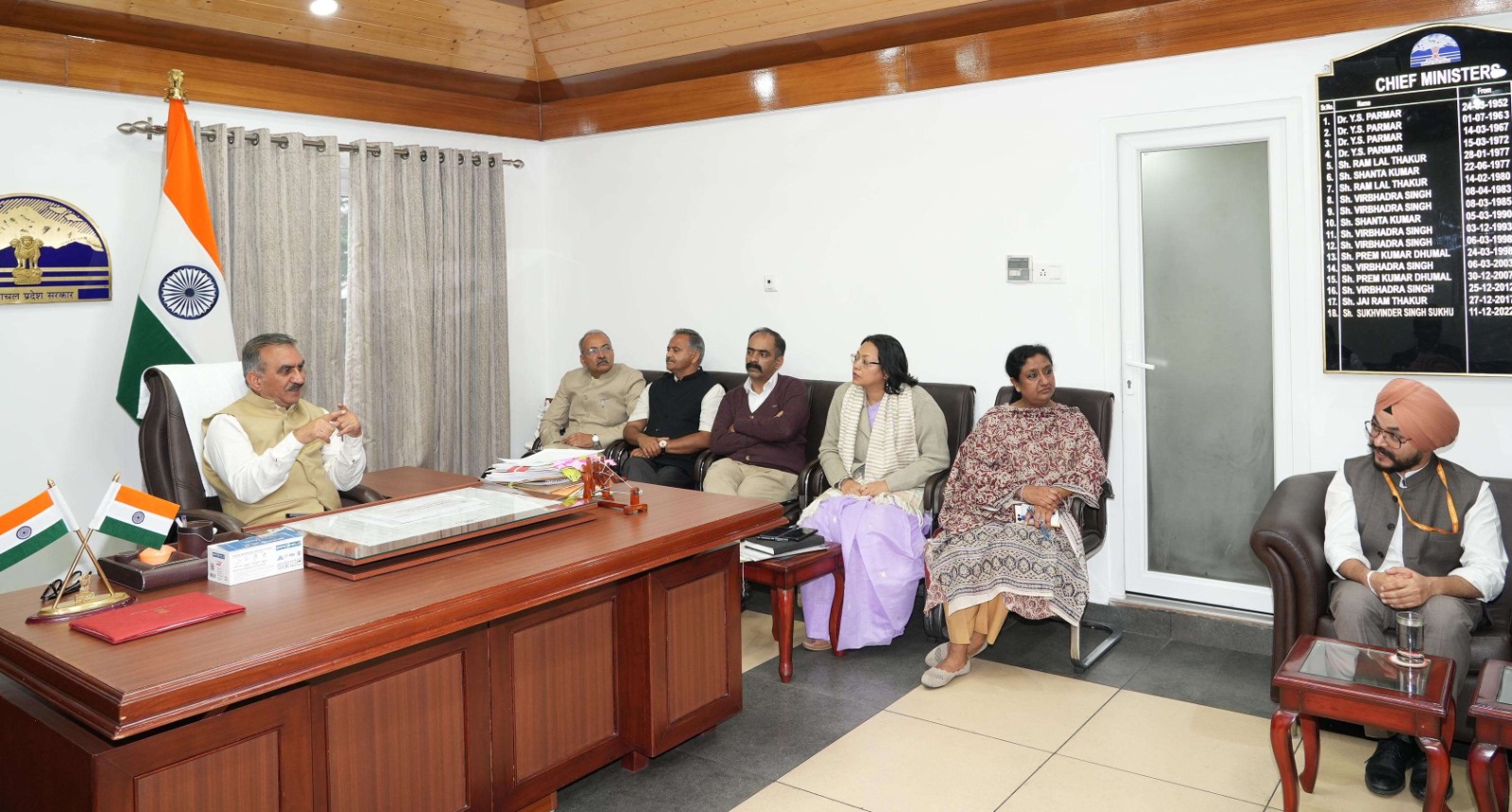Africa CDC and WHO Launch Updated Continental Mpox Response Plan Amid Widening Outbreak.
Addis Ababa/Geneva:
As mpox continues to spread across new regions in Africa and beyond, the Africa Centres for Disease Control and Prevention (Africa CDC) and the World Health Organization (WHO) have jointly updated their Continental Response Plan to address the escalating health emergency. The revised strategy aims not only to bring current outbreaks under control but also to build a sustainable, long-term approach to combat the disease.
Mpox, a viral illness historically transmitted from animals to humans, has shown an increasing capacity for human-to-human transmission. It spreads primarily through close physical contact and causes painful skin and mucosal lesions, along with fever, swollen lymph nodes, and intense fatigue. The disease can be both debilitating and disfiguring.
Since 2022, a variant known as clade IIb has been spreading globally, primarily through sexual contact. More recently, in late 2023, a newer strain — clade Ib — emerged, further complicating the epidemiological landscape. This new strain is being transmitted not only through sexual networks but also within households and through general close contact. The rapid spread led Africa CDC to declare a Public Health Emergency of Continental Security, while WHO declared a Public Health Emergency of International Concern in August 2024.
Spread and Impact
Initially centered in the Democratic Republic of the Congo (DRC), the outbreak has since expanded to 28 countries worldwide, with regional transmission now documented in 10 African nations, including Burundi, Kenya, Rwanda, Uganda, South Africa, South Sudan, Tanzania, Zambia, and the Republic of the Congo. While most cases outside Africa remain linked to travel, local transmission continues to intensify within the continent.
The DRC remains the epicenter of the outbreak, particularly in its eastern provinces, which face significant challenges due to ongoing conflict and humanitarian aid shortfalls. These conditions have severely hampered the delivery of health services and public health interventions.
Ten-Pillar Strategic Response
The updated Continental Mpox Response Plan, developed by Africa CDC and WHO, outlines a comprehensive ten-pillar strategy to guide response efforts:
- Coordination
- Risk Communication and Community Engagement
- Disease Surveillance
- Laboratory Capacity Expansion
- Clinical Management
- Infection Prevention and Control
- Vaccination
- Research and Development
- Logistics and Supply Chain
- Maintenance of Essential Health Services
The plan emphasizes both emergency response and the integration of mpox care into routine health services to ensure long-term preparedness and resilience.
Vaccination and Diagnostic Expansion
Vaccination efforts have gained momentum, with over 650,000 doses administered in six African countries — 90% of them in the DRC. More than one million vaccine doses have been delivered to 10 countries, and procurement of additional supplies is underway.
Significant progress has also been made in diagnostic testing. In the DRC, the number of operational laboratories increased from just two in late 2023 to 23 across 12 provinces. The introduction of near-point-of-care testing is expected to further strengthen surveillance and case identification.
Funding and Future Needs
Despite these advancements, the response remains underfunded. Over US$220 million is urgently needed to bridge critical funding gaps and ensure the effectiveness of control efforts. Humanitarian challenges in eastern DRC continue to restrict access to health services, heightening the risk of further spread.
Global Alignment
The updated Continental Response Plan aligns closely with WHO’s global strategy to reduce — and where feasible, halt — human-to-human transmission of mpox. In the first two months of 2025 alone, 60 countries reported mpox cases, with the majority of infections and deaths occurring in Africa.
Continued Collaboration
Africa CDC and WHO reaffirm their commitment to working hand-in-hand with national governments, health authorities, communities, and global partners to halt the spread of mpox, strengthen public health infrastructure, and ensure long-term disease control.




